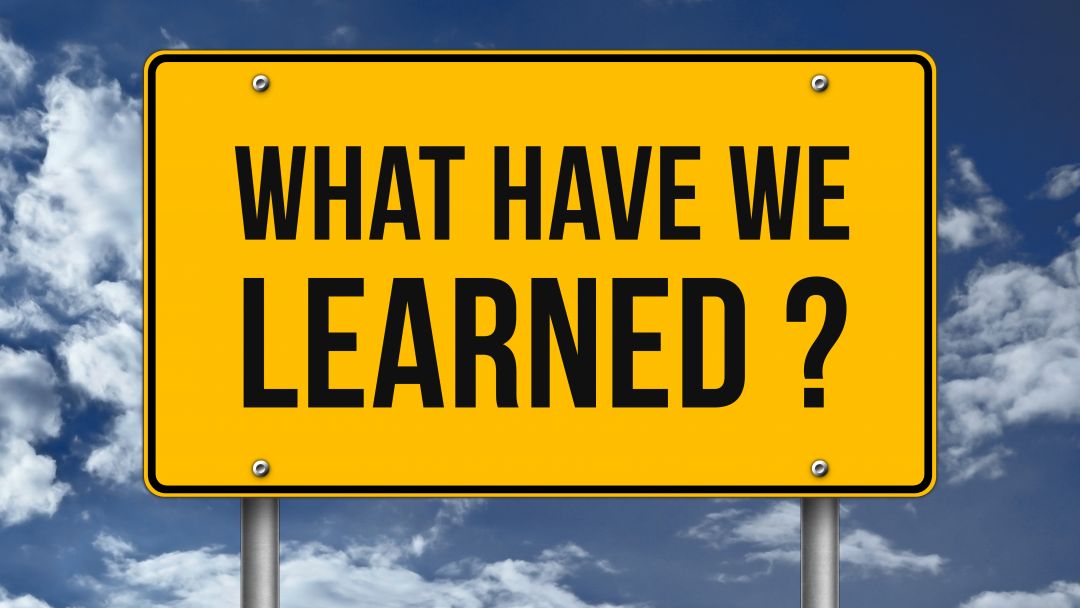What has been Discovered about Inter-School Sport During Lockdown?

There has been a lot of disruption to what schools have offered in physical activity since the Covid Pandemic swept across the education landscape in March 2020. Some has required amendments of previous programmes, others have necessitated complete re-invention, and there has been a climate of experimentation in modernising PE and Games.
However, the biggest victim has been the disruption to inter-school sport. There has probably never been a period when so few sports fixtures have occurred between schools since the Victorian era. This is not a phenomenon confined to the UK, but has swept across the world. The most frequently asked question within the sector across the planet has been the enquiry as to when competitions between schools can resume. For schools in Asia that are further down the road to recovery, the restoration of fixtures – albeit only locally and heavily restricted – has been a landmark to be celebrated.
The absence of regular matches has enabled reflection on a number of areas. However, what is beyond dispute is that is has revealed how significant sports competition is to the DNA of schools. So many dimensions of the match experience that have been taken for granted for decades have been revealed as important whilst they have not been possible.
Regular competition provides a focus for learning and preparation. It is the highlight of the sports experience for a great many pupils and parents. The big block fixtures, the atmosphere around national cups and the excitement of competition have all been shown – through their absence – to be central to the culture of many schools.
There is more to physical activity than matches against other schools. It is clear that competition will only ever engage a proportion of pupils, and that high quality alternatives will also be part of every programme, alongside a vibrant culture of health and fitness. However, school sport is a construct: it is a complex concept, made up of a series of different, if overlapping, components. Inter-school competition is one of those parts, and a vital one. Without one of its crucial pillars, the overall edifice is weaker.
Schools have had to interrupt the habit of competition, and will inevitably question whether all of its features will return. The inevitable review will consider the dependency on fixtures, and the costs and disruption that accompany them. It wasn’t perfect, and they sometimes unduly dominated attention and resources. What has been proven beyond reasonable doubt, however, is that sport is a vital part of education for many pupils. Competition is something that provides a focus for effort and improvement, excitement, a social bonding like no other and lifelong memories. It is a distinctive part of the week, and a high point for many.
That is why schools are waiting so impatiently for it to resume. The pandemic has shown how much it is needed.